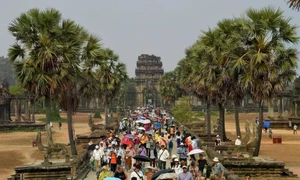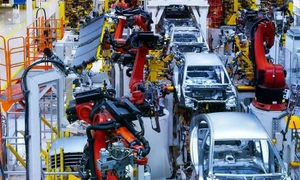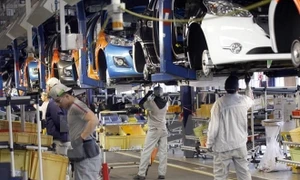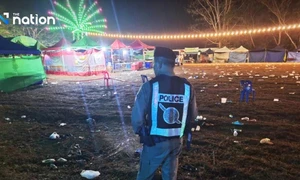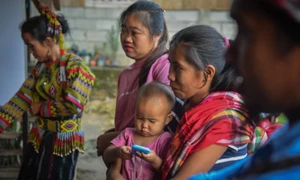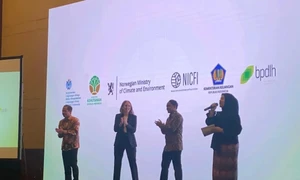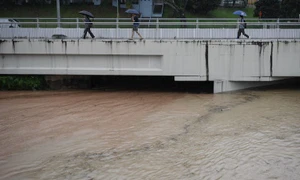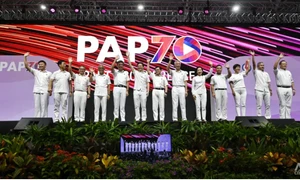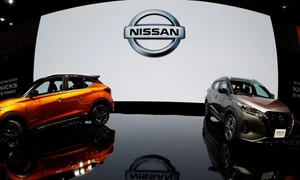Singapore's Ministry of Home Affairs on September 9 said that with automated clearance, checks are done earlier and technology can be used more extensively.

All arriving travellers are screened against a watchlist of persons of interest, and those flagged by ICA to be of higher risk. They are then stopped for more stringent checks. (Photo: straitstimes.com)
The Immigration and Checkpoints Authority (ICA) uses advance passenger information to conduct data analytics and a risk assessment of travellers.
All arriving travellers are screened against a watch list of persons of interest, and those flagged by ICA to be of higher risk. They are then stopped for more stringent checks.
The ICA’s automated lanes also use biometrics. With more automated processes, more ICA officers can be deployed to spot suspicious travellers at the automated immigration lanes.
Earlier on September 9, Minister for Home Affairs K. Shanmugam said in the parliament about 2,500 visitors are refused entry at Singapore’s checkpoints for various reasons every month, according to The Straits Times.
Since May, 2024, all foreign travellers arriving in Singapore, regardless of nationality, have been able to use the automated lanes at Changi Airport for immigration clearance.
The ICA planned to install about 800 automated lanes across Singapore by 2026./.
